Earth news stories

The Bering Land Bridge, a stretch of land that once connected Asia with North America, came into existence much later than experts previously thought, but humans likely crossed not long after it formed, according to a new study.

To the uninformed, his land looks wild. But much of it is farmed: one part has timber trees for making furniture, in another cacao trees for chocolate, near the top a garden for herbs, and everywhere throughout the forest a variety of fruit, vegetables and flowers.
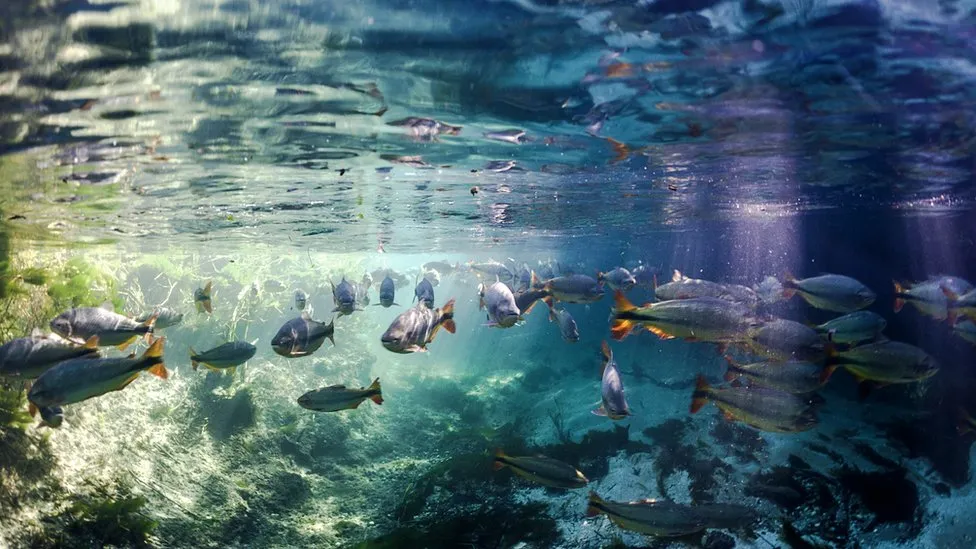
Nations have agreed to protect a third of the planet for nature by 2030 in a landmark deal aimed at safeguarding biodiversity.
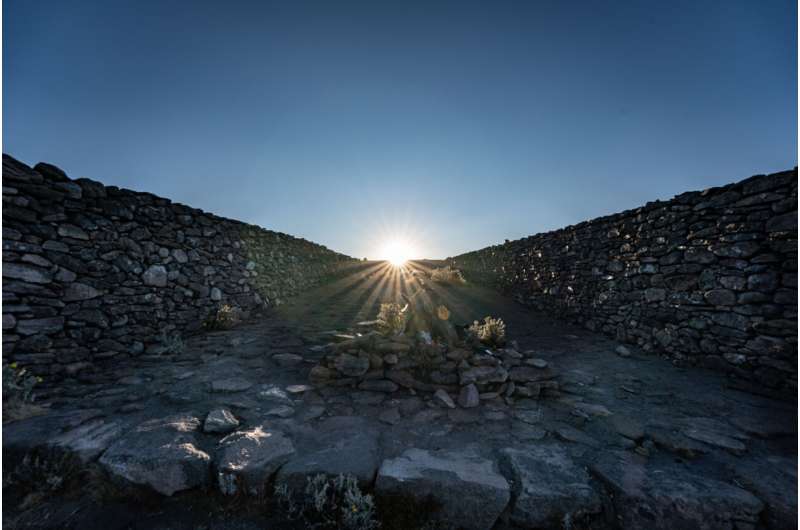
Without clocks or modern tools, ancient Mexicans watched the sun to maintain a farming calendar that precisely tracked seasons and even adjusted for leap years.
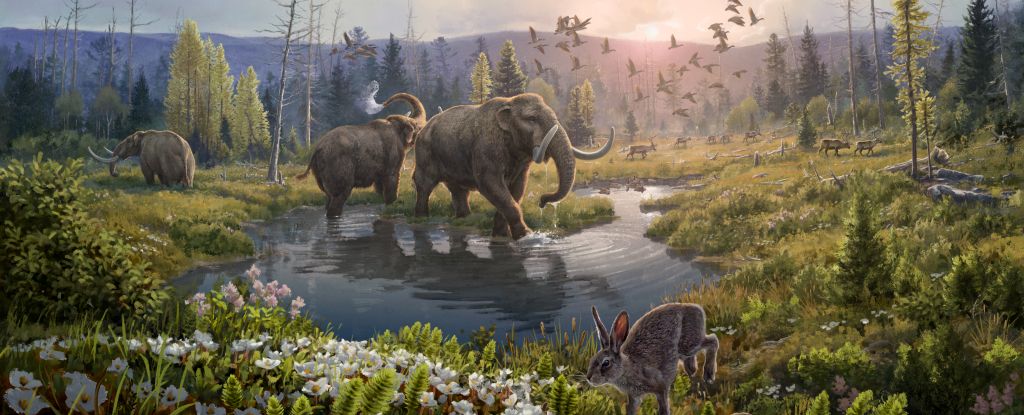
Scientists have made a significant breakthrough in reconstructing the history of our planet. Sedimentary deposits from the permafrost of Greenland contained recoverable environmental DNA dating back to around 2 million years ago.
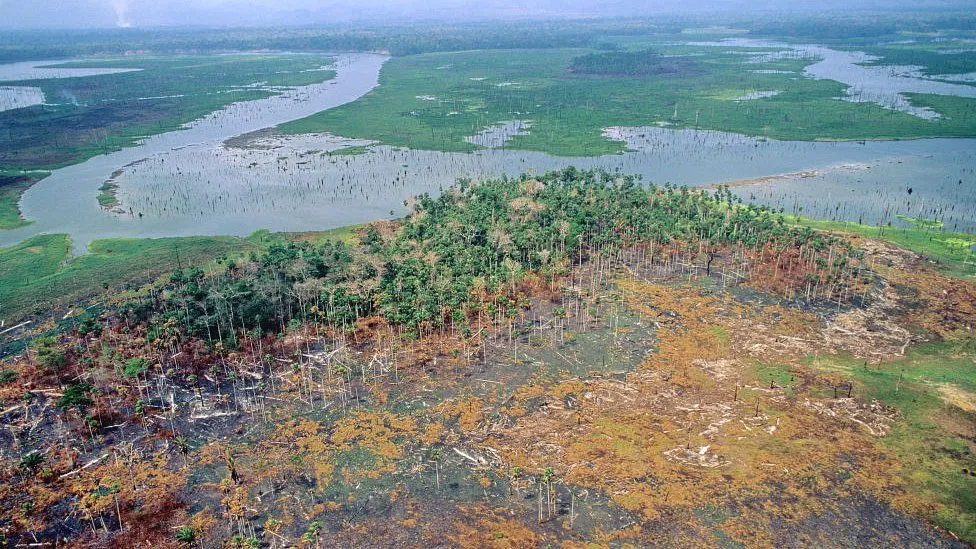
Humanity has become a weapon of mass extinction,” the head of the United Nations has warned at the start of a high-level nature summit in Canada.
The 100-million-year-old head and body bones of the marine reptile were uncovered by three fossil enthusiasts who regularly trawl the ranges of their privately-owned outback station searching for ancient remains.
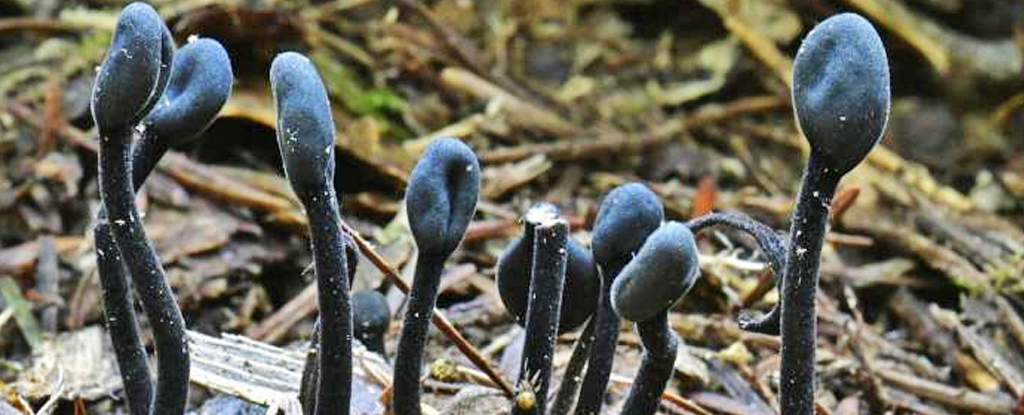
Some of Earth’s weirdest fungi, including types of lichen, mycorrhizal, and insect symbiotes, never quite seemed to fit in our current tree of life.

According to a recent study, the amazing survival techniques of polar marine creatures may help to explain how the earliest animals on Earth may have evolved earlier than the oldest fossils suggest

Physicists have long struggled to explain why the Universe started out with conditions suitable for life to evolve. Why do the physical laws and constants take the very specific values that allow stars, planets, and ultimately life to develop?
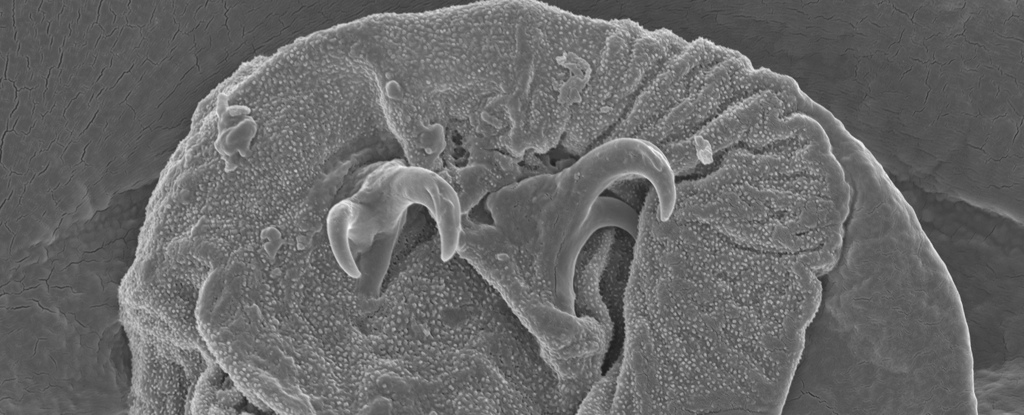
Tardigrades are tiny, incredibly tough animals that can withstand a wide range of dangers, including many that would obliterate most other creatures known to science.
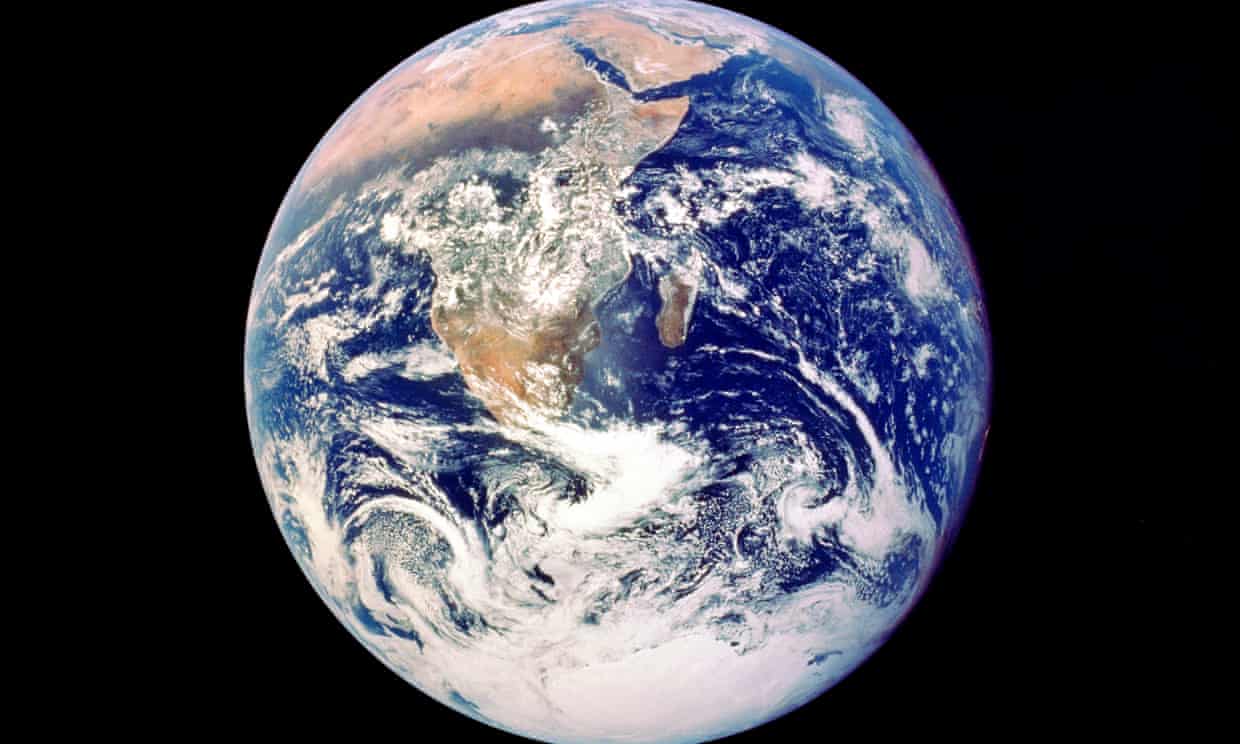
Experts have voted for an expansion of the universe – or at least the official terminology that can be drawn upon to describe the vanishingly small and the preposterously large.

4.6bn-year-old rock that crashed on to a driveway in Gloucestershire last year has provided some of the most compelling evidence to date that water arrived on Earth from asteroids in the outer solar system.
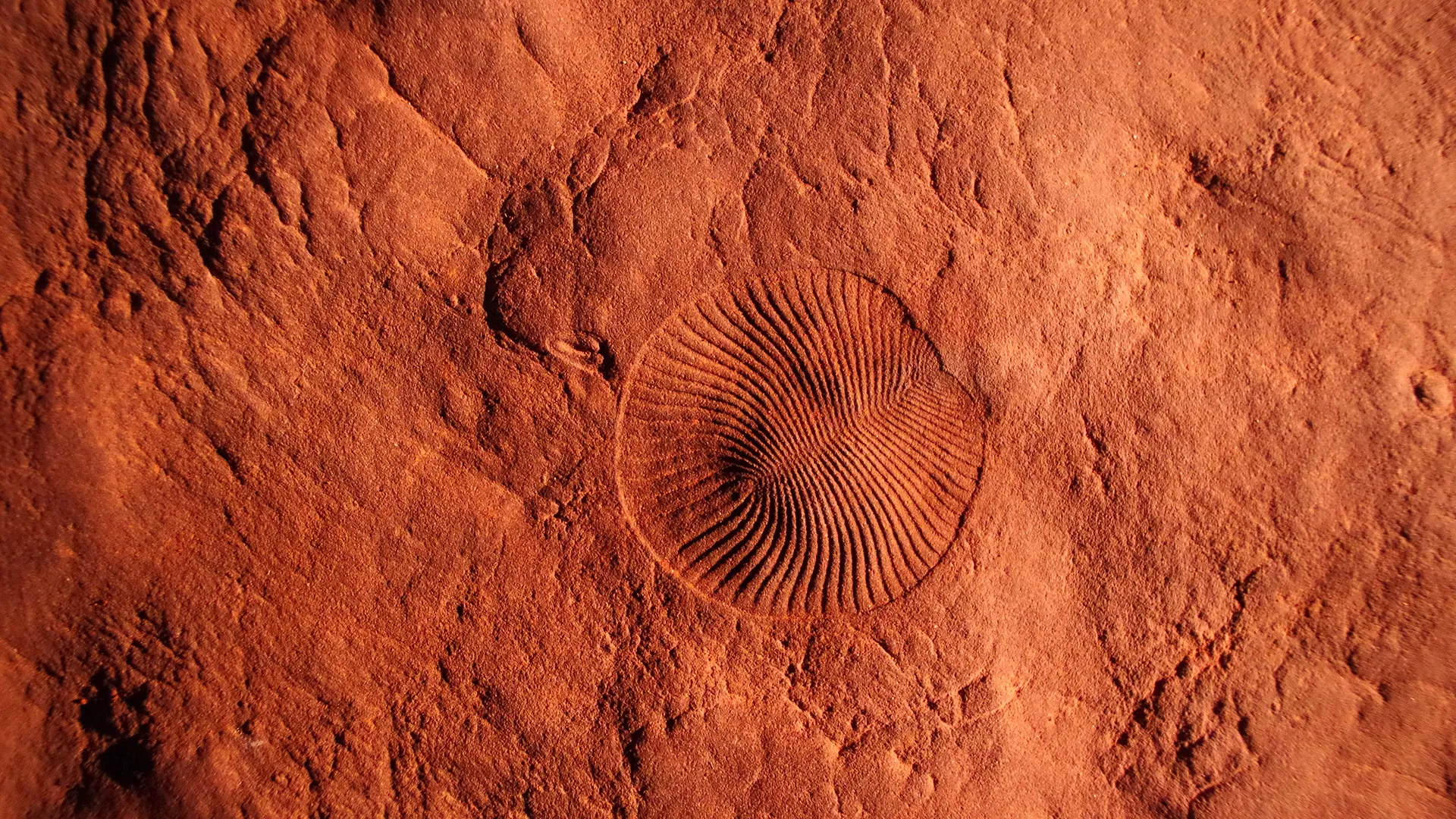
A global drop in oxygen levels about 550 million years ago led to Earth’s first known mass extinction, new evidence suggests.
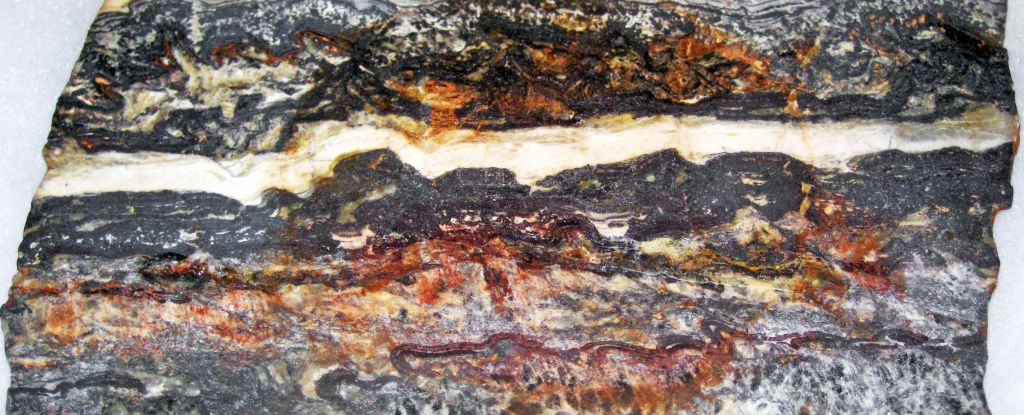
Tracking down the oldest traces of life on Earth isn’t easy. Smoosh a bunch of microbes between layers of rock and let them ripen for billions of years; what you end up with is going to resemble rock more than an ancient life form.
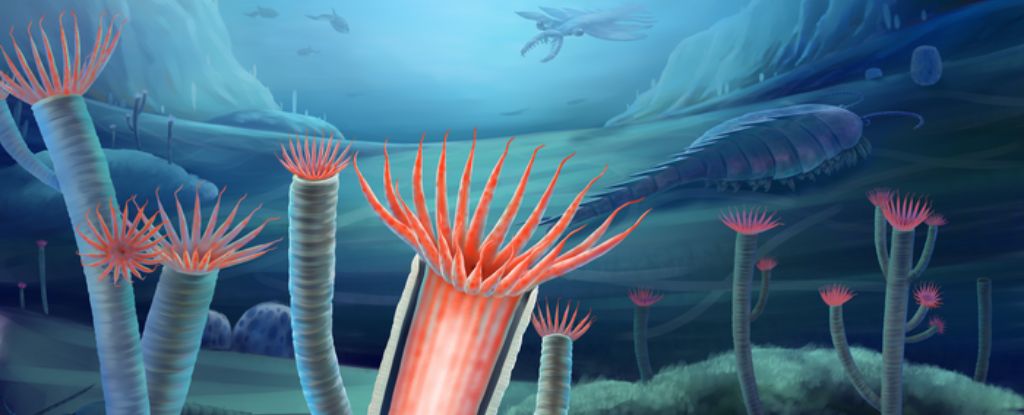
Before life on Earth exploded in diversity some 540 million years ago, the first primitive animal skeletons were already starting to form.








